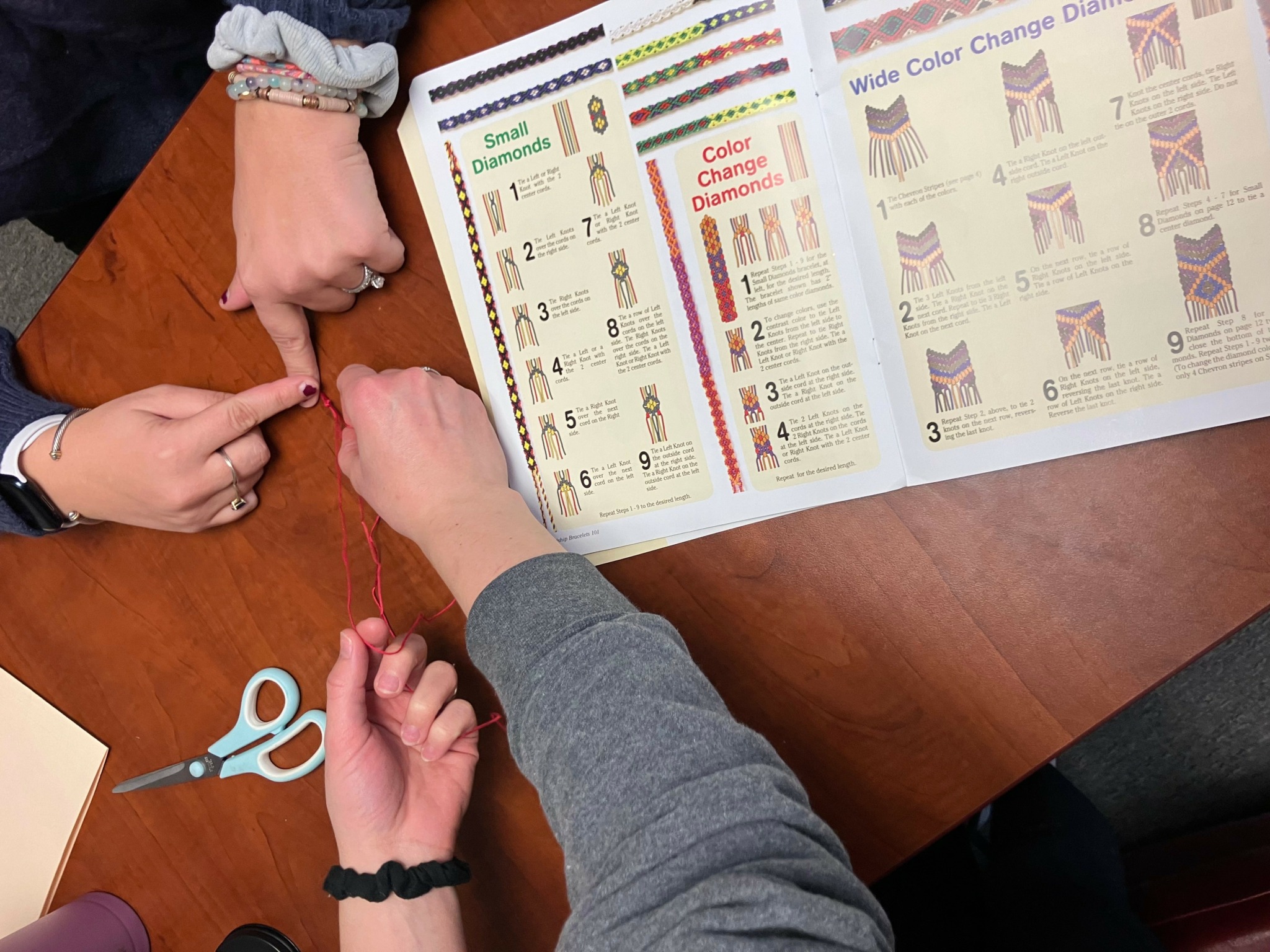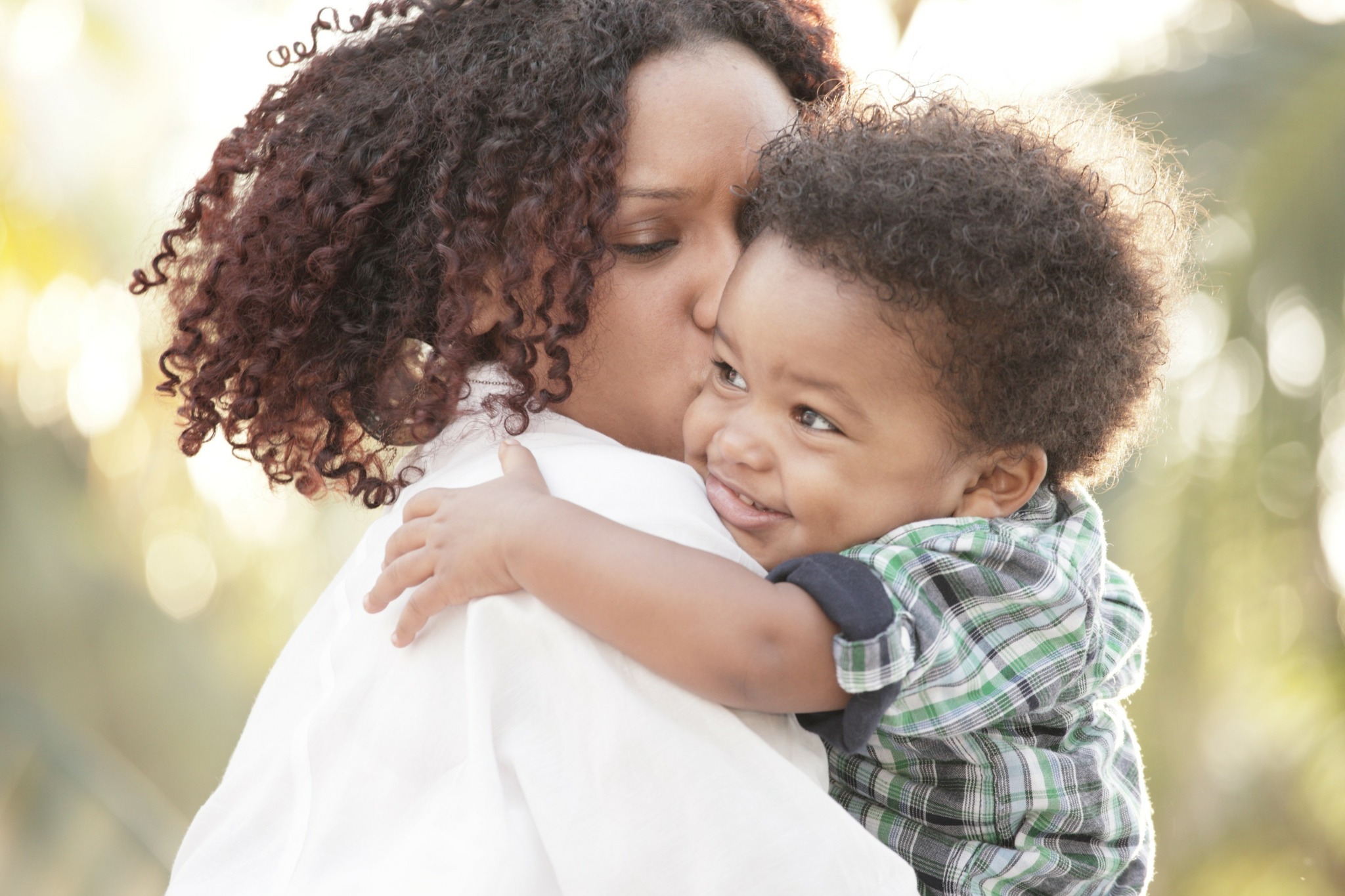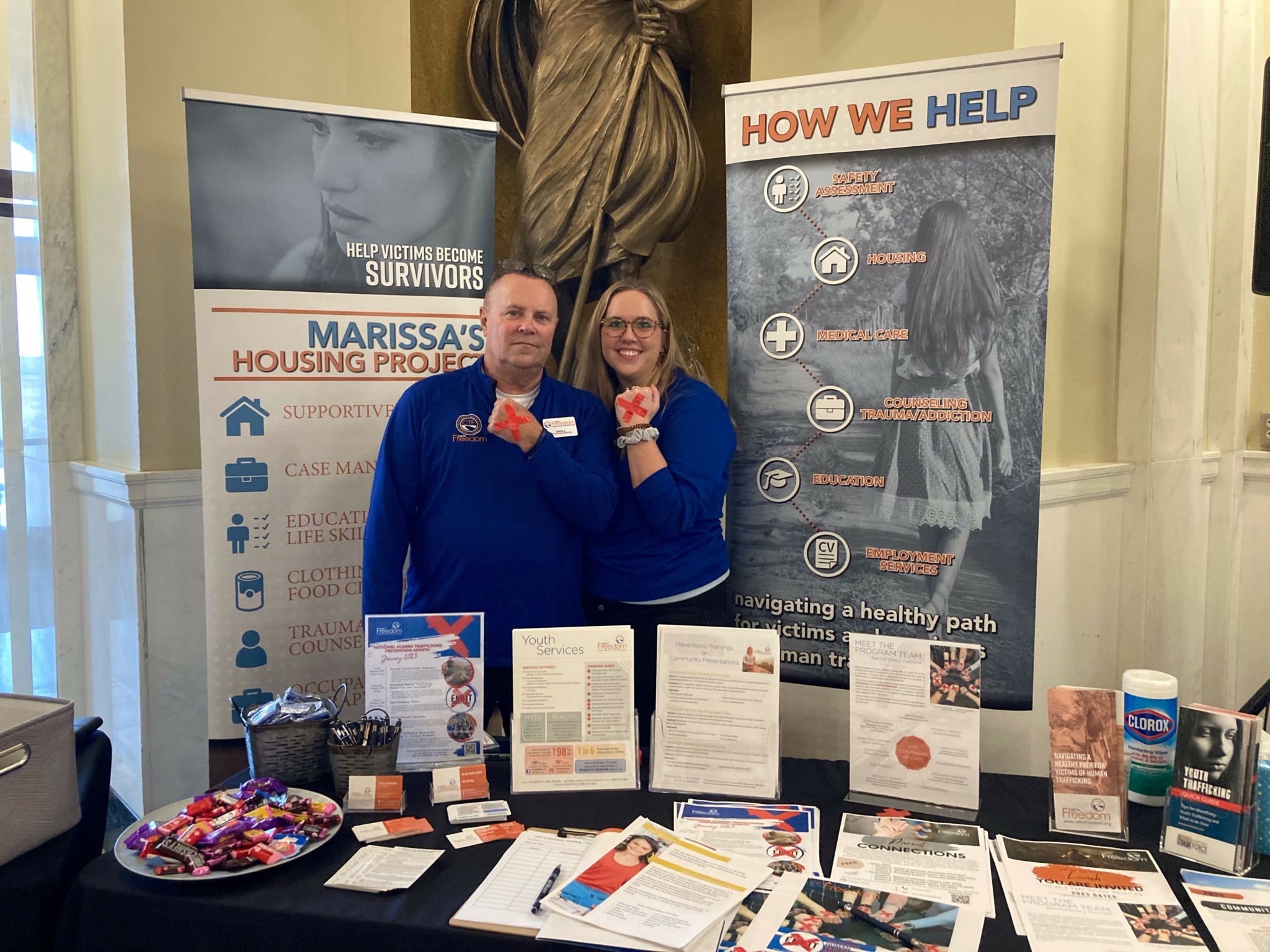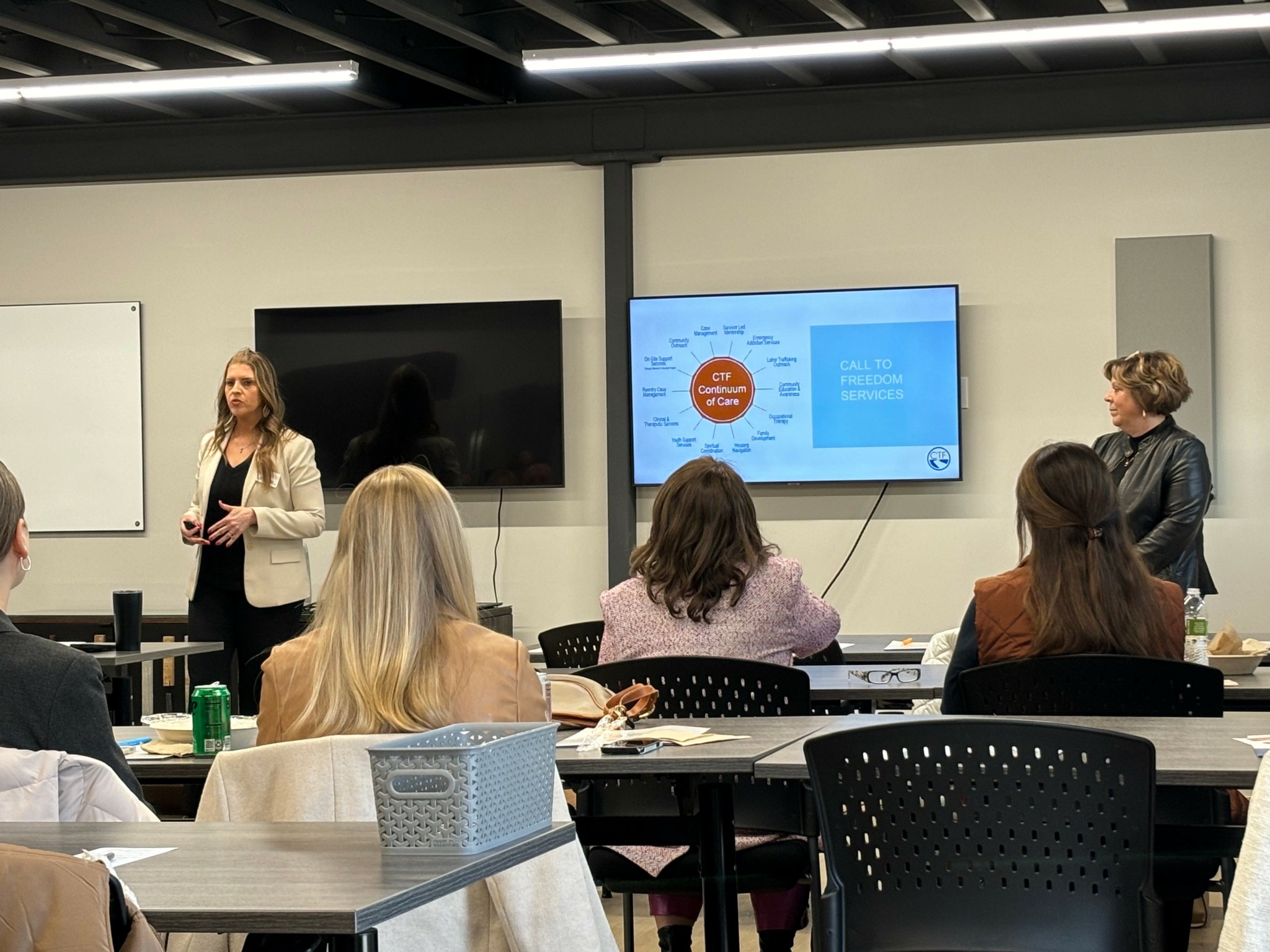We caught up with the brilliant and insightful Becky Rasmussen a few weeks ago and have shared our conversation below.
Becky, appreciate you joining us today. Setting up an independent practice is a daunting endeavor. Can you talk to us about what it was like for you – what were some of the main steps, challenges, etc.
“One of the first things the Lord said to me was, ‘Unite a community.’” shares Becky. “At the time I had no idea what that meant, but as this has evolved, I realized people in the community did not have tangible ways to get involved. When they hear about trafficking, most people want to be part of the solution but do not know how to do that. We come up with unique and creative ideas for people to leverage their gifts and passions to serve this mission.”
In 2015, Becky felt a push to get involved with the anti-human trafficking movement. A Google search led her to Call to Freedom, a program in South Dakota that works with victims of human trafficking. At the time, Call to Freedom was under the umbrella of Tapestry International, formerly Be Free Ministries.
Later that year, Becky visited Sturgis, SD on an outreach where she had an encounter with a young girl that forever changed her life. Marissa had gone missing, was found, and went missing again. When Becky met her, Marissa had realized she was potentially a trafficking victim who was re-recruited. The interaction with Marissa launched a deep desire for Becky to become even more involved with anti-human trafficking work.
“I didn’t realize what God was doing in that moment,” says Becky. “After my encounter with Marissa, I had a discussion with the woman who was running Call to Freedom at the time. She told me, “I feel like God is calling me to transition Call to Freedom to you.”
So Becky prayed and God began downloading a vision of what Call to Freedom is today. Becky filed for a 501c3 to make Call to Freedom its own organization in November 2015, received approval in January 2016 and opened its doors in March of that year with no money. Stepping out in faith, Call to Freedom hired a grant writer in 2017. Now, 9 years later, by God’s grace we have a outreach center, a transitional housing facility, and nearly 30 staff members.
“We do a lot of advocacy,” explains Becky. “We work to streamline the services to support victims of human trafficking and work with multiple entities to train them to respond to the needs of trafficking victims and bring the community together in support.”
“Trafficking is hidden within our communities but it is happening right here. Trafficking victims rarely come out. Very few trafficking victims ever leave trafficking situations. Not having a way out of these situations is not an answer. We have to do a better job as a community. When our systems do not have good responses, traffickers know how to go undetected.”
“For the community, believing this is happening, giving it a voice, and being behind the cause really gives momentum and enables change. It also gives encouragement to the survivor that people do believe them and what has happened to them. It creates a safe environment for them to come forward. If they do not feel believed, they will not be able to move into the next steps of getting the services they need.”
“I was not expecting this in 2015. I knew I was being called to serve here but I didn’t know what that looked like. God has been so faithful. The doors that open and the people that come into our life…we cannot take credit for where we are today. It is all to the glory of God. There has been a lot of hard work involved in this but the things that God has allowed us to do, to be a part of and develop, His favor has always been upon. God continues to keep me focused on setting the captives free.”


Awesome – so before we get into the rest of our questions, can you briefly introduce yourself to our readers.
Becky Rasmussen’s journey to founding Call to Freedom in Sioux Falls, South Dakota, began in 2015 when she felt a divine calling to combat human trafficking. Her path became clearer after a pivotal encounter at the Sturgis Motorcycle Rally, where she met a young girl named Marissa who was grappling with the realities of being trafficked. This meeting profoundly impacted Rasmussen, igniting a passion to address the issue more directly.
In November 2015, Rasmussen took a significant step by filing for 501(c)(3) status, officially establishing Call to Freedom as an independent nonprofit organization. By January 2016, the organization received IRS approval, and in March of that year, it opened its doors, operating initially without any funding. Despite the modest beginnings, the organization has grown substantially, now employing nearly 30 staff members and offering a range of services, including advocacy, training, prevention, and direct support for victims of human trafficking .
A cornerstone of Call to Freedom’s mission is Marissa’s House, a 12-unit apartment complex designed to provide safe housing for women survivors and their families. This initiative underscores the organization’s commitment to offering not just shelter, but a supportive environment conducive to healing and rebuilding lives.
Rasmussen’s leadership is characterized by a deep faith and a community-centered approach. She emphasizes the importance of uniting local communities to recognize and respond to trafficking, advocating for education and awareness as key tools in prevention and support . Under her guidance, Call to Freedom has become a vital resource in South Dakota and nationally, providing comprehensive care and support to those affected by human trafficking

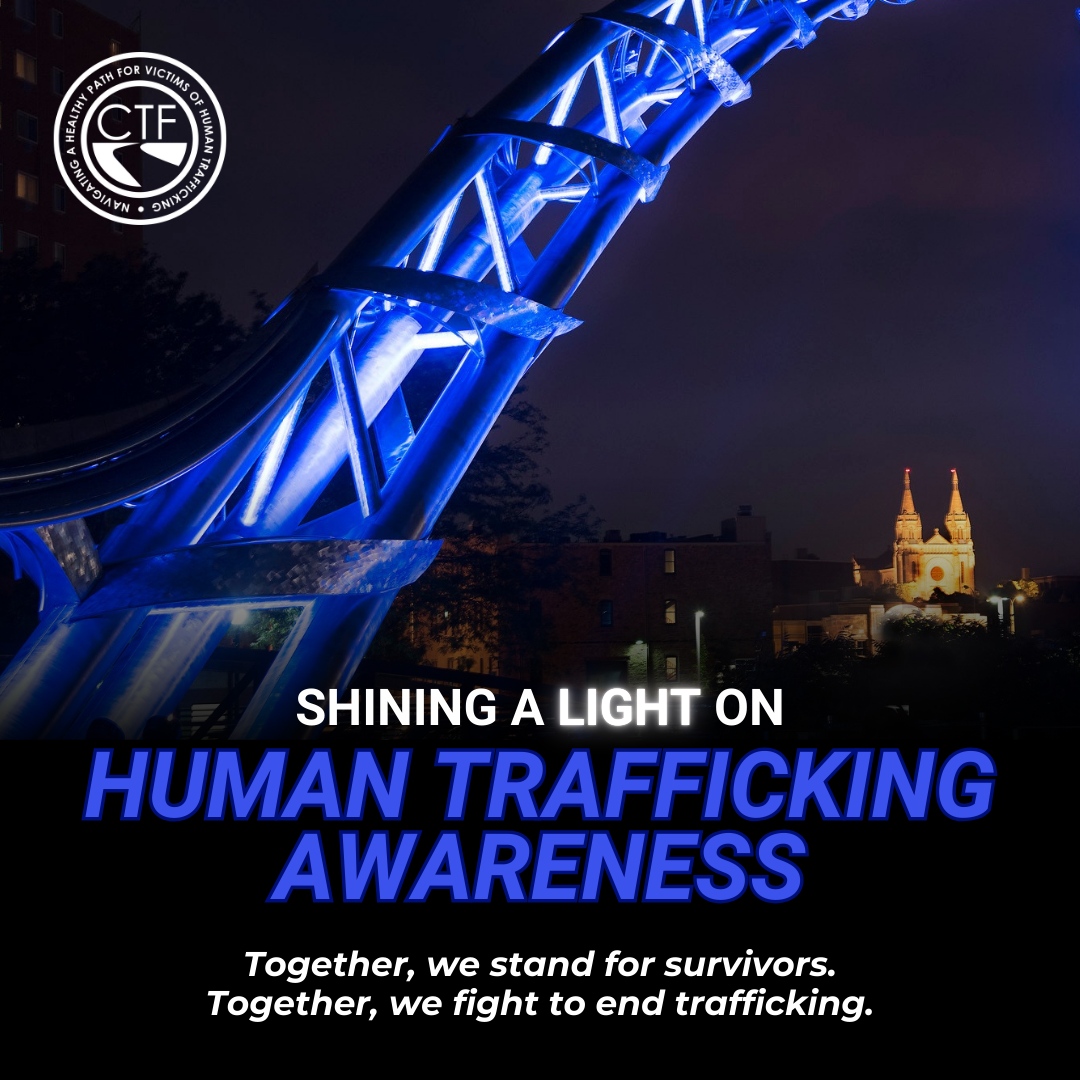
Can you share a story from your journey that illustrates your resilience?
“A Moment That Tested Everything”
There was a night—early in the days of Call to Freedom—when I got a call about a young woman who had just escaped a trafficking situation. It was late, cold, and snowing heavily. At the time, we had a office but no emergency shelter. It was just me, and a deep sense of urgency.
I found her in a parking lot, scared and unsure of where to go. She sat in the back seat, trembling—not just from the cold, but from everything she’d been through. I started calling every shelter I could think of. One after another told me they were full. I remember sitting there, frozen—not from the weather, but from the weight of it all.
And for a moment, I thought, I can’t do this. This is too big.
But I looked at her—and I saw myself in that moment, called not because I had all the answers, but because I had said yes. I prayed quietly, and I kept making calls until finally, someone said, “Bring her here.”
That night didn’t solve everything, but it reminded me that resilience isn’t the absence of fear—it’s choosing to act in spite of it. It’s choosing to show up when the easy thing would be to walk away. That night became a cornerstone of why I continue this work. Because no one should face their darkest hour alone. That night, and so many others like it, are proof of the resilience that fuels Call to Freedom’s mission today.

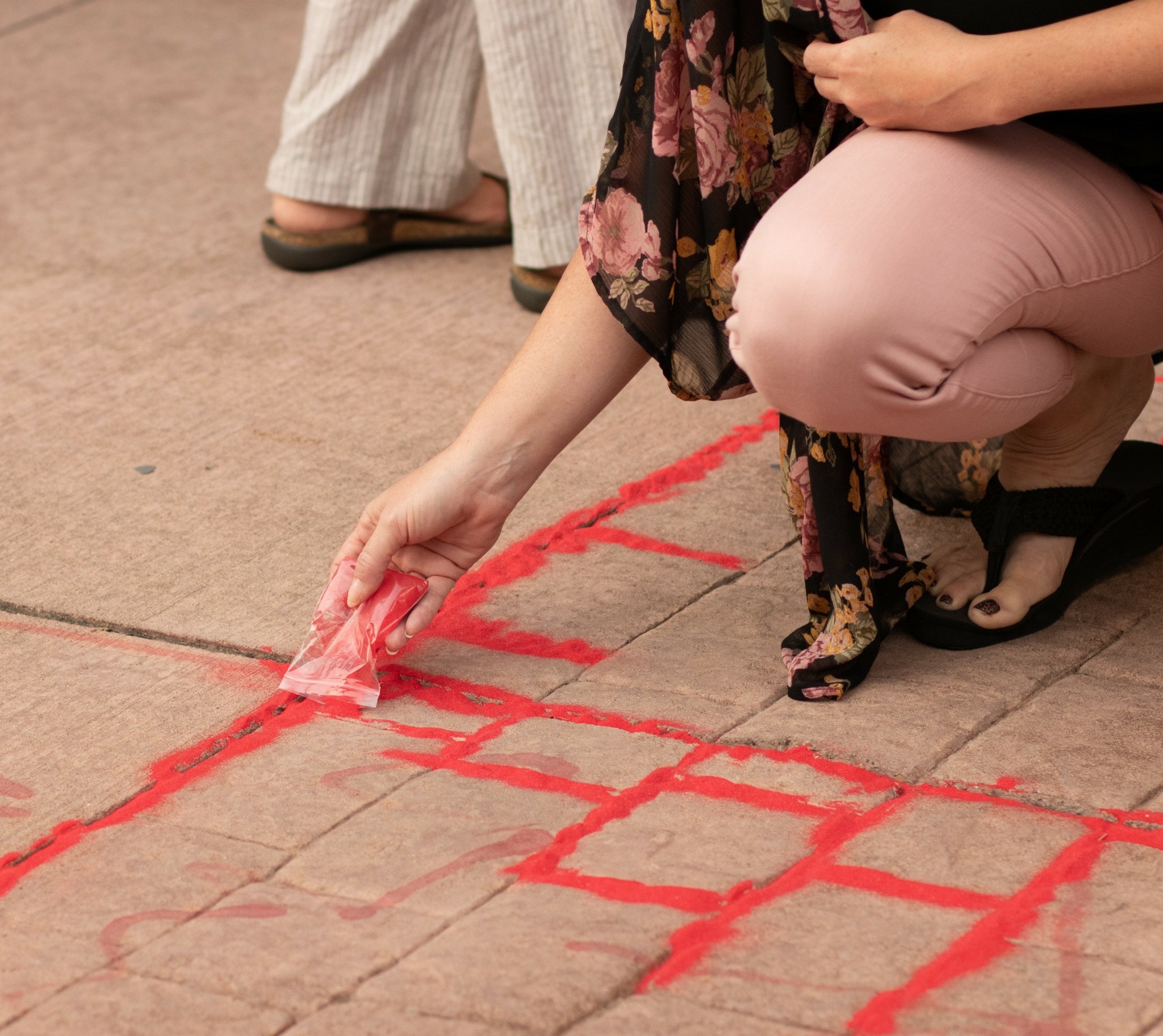
If you could go back in time, do you think you would have chosen a different profession or specialty?
“If I had to choose again, I would absolutely walk this path. The road hasn’t been easy—there have been moments of heartbreak and deep struggle—but I believe this is what I was called to do. Every survivor we help, every life we see transformed, reminds me that this mission matters. I wouldn’t trade it for anything.”
Contact Info:
- Website: https://www.calltofreedom.org
- Instagram: calltofreedomsd
- Facebook: https://www.facebook.com/calltofreedomsd
- Linkedin: https://www.linkedin.com Call to Freedom
- Twitter: https//twitter.com/?lang=en
- Youtube: https://www.youtube.com/channel/UCVIvg0iSZS61J9Ynkh0b09Q

